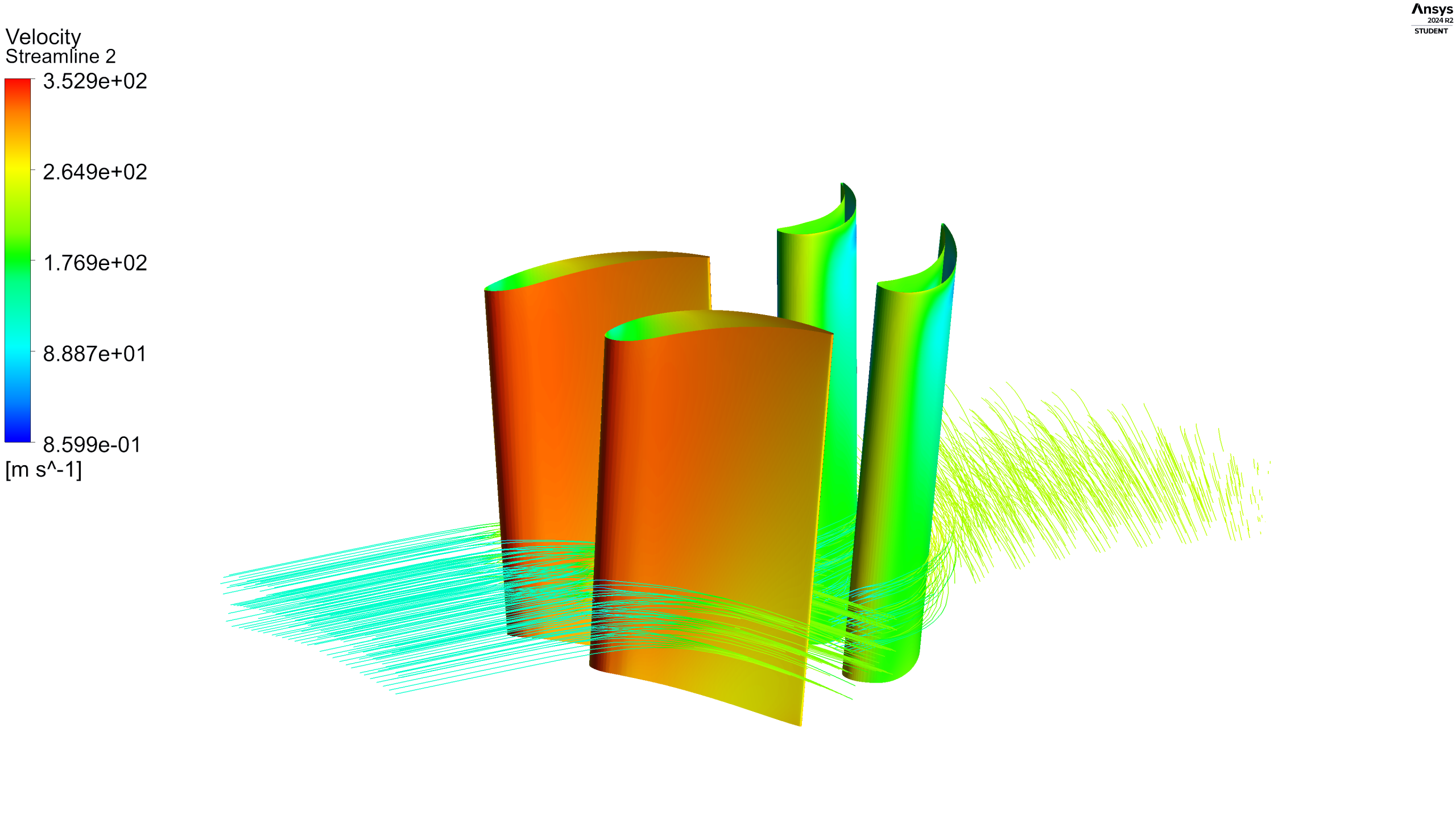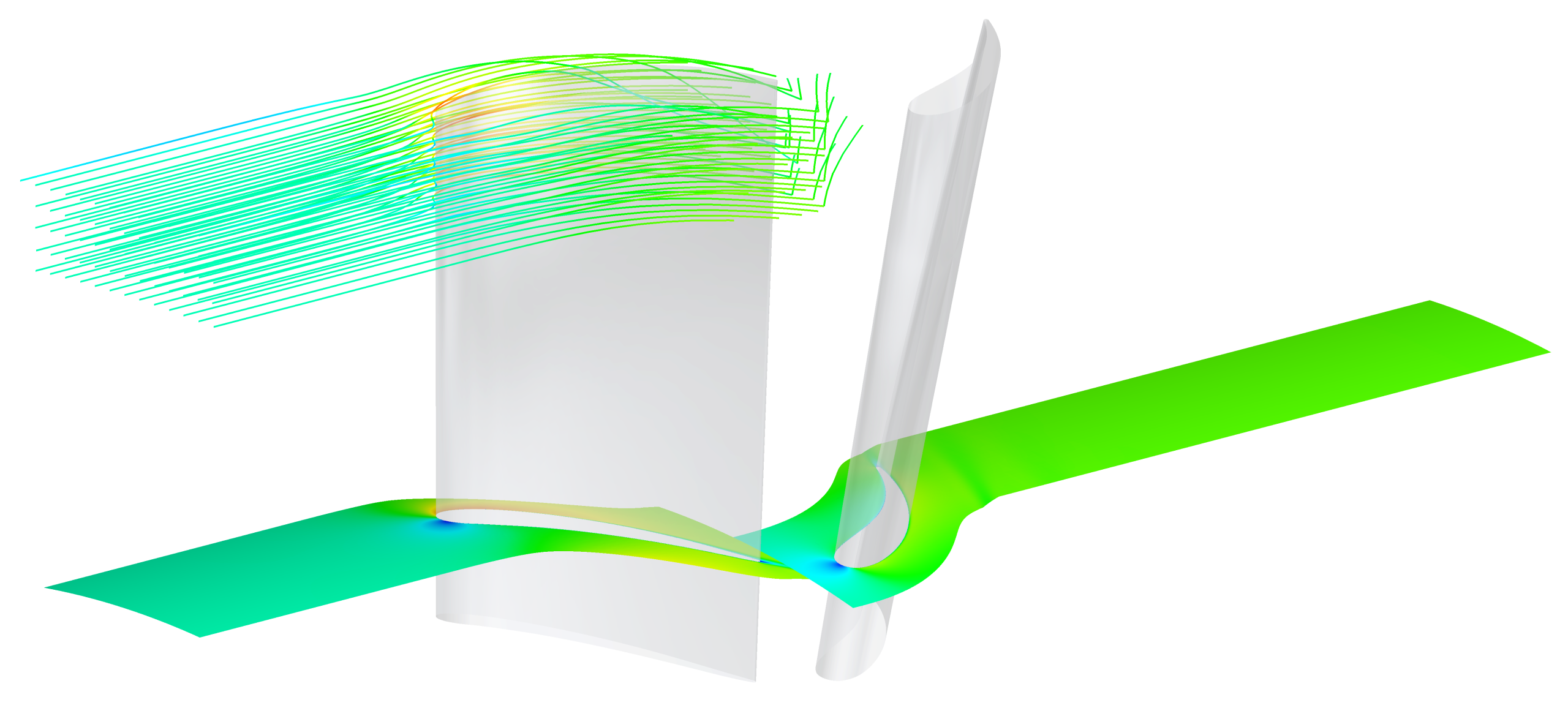
Jet Engine Axial Turbine Analysis Software
Summary
The goal of this project was to create a simple computer program to generate preliminary designs for axial turbine stages in jet engines. After generating initial designs, I conducted detailed flow simulations using ANSYS CFX to analyze turbine performance and validate the Python program outputs
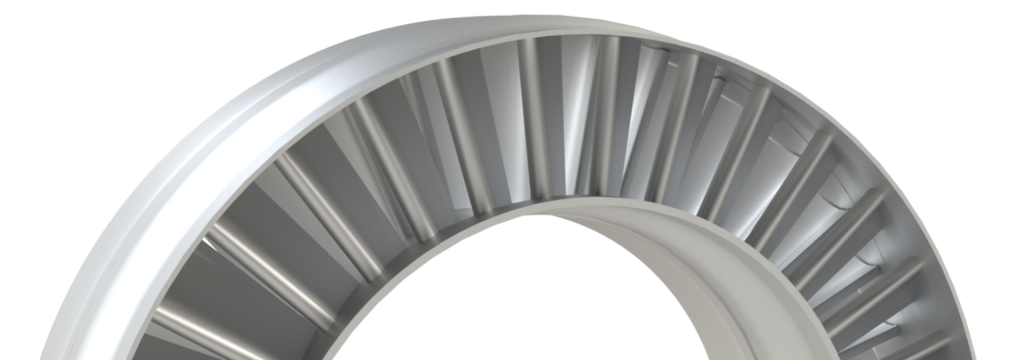
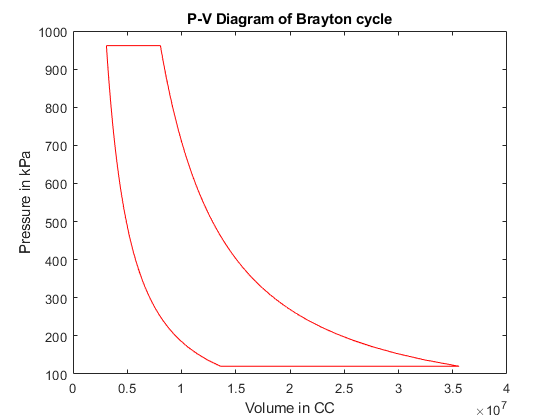
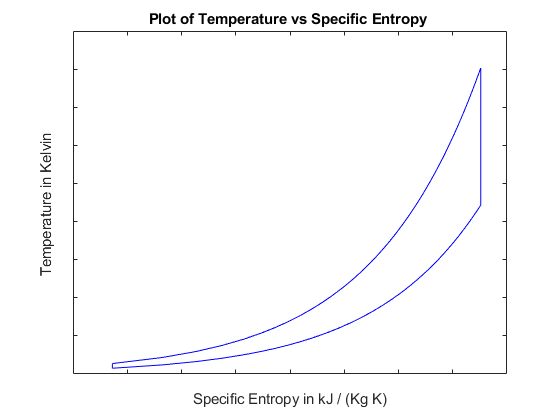
Brayton Cycle Analysis
The design program performs basic cycle analysis based on initial thermodynamic parameters, including turbine inlet temperature, engine pressure ratio, and thrust inputs. It calculates rotational speed, blade dimensions, and thermodynamic properties for single-spool jet engines. Additionally, the program generates p-V and T-s plots to visualize the engine’s thermodynamic cycle.
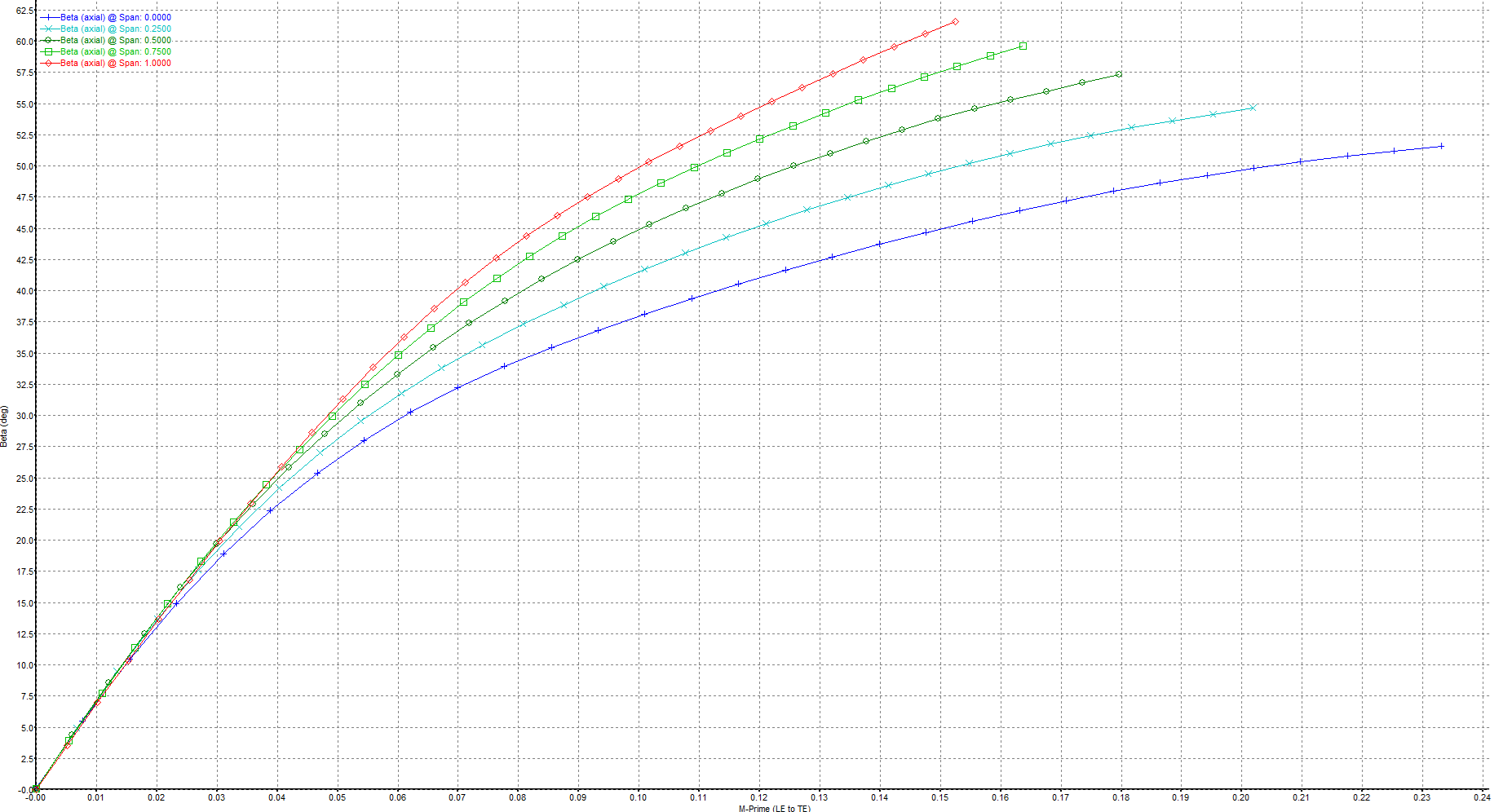
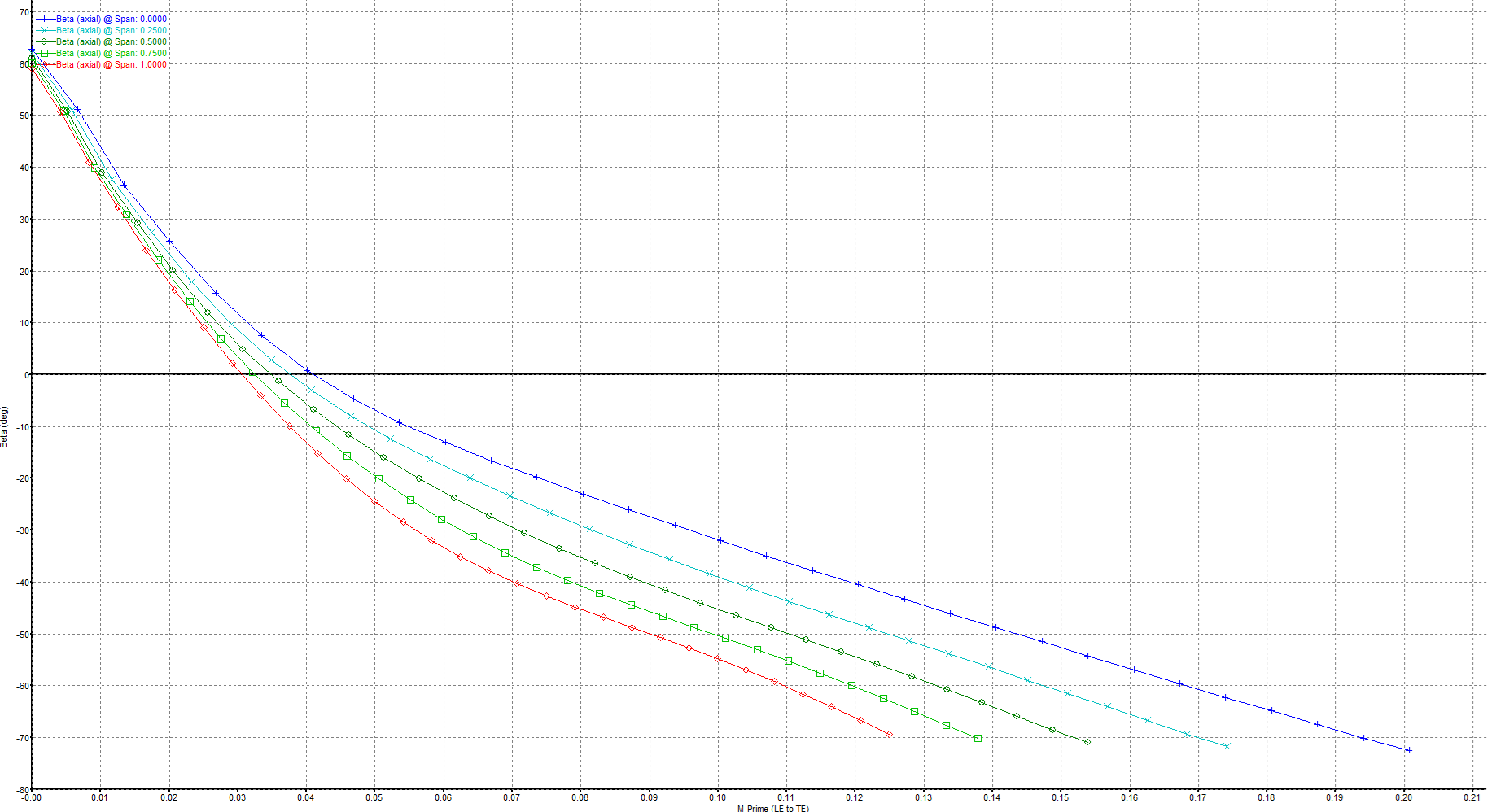
Blade Angle Calculations
The blade angle section calculates blade angles from hub to shroud using the free vortex method. The nozzle and rotor blade geometry is determined based on methods described in Ronald Aungier’s Turbine Aerodynamics: Axial-Flow and Radial-Inflow Turbine Design and Analysis. The number of nozzle and rotor blades is calculated using Ainley-Mathieson empirical models. Future improvements to the code include multi-spool design, stage efficiency optimization, and airfoil design.

CFX Analysis
To validate the program, a small jet engine analysis was conducted. The axial turbine stage was designed for a 3,300 lbf single-spool jet engine with a compressor pressure ratio of eight. This engine size was selected for analysis due to its similarity to the J-85 engine. The turbine inlet temperature was set at 1425 K to account for future design capabilities involving blade cooling.
